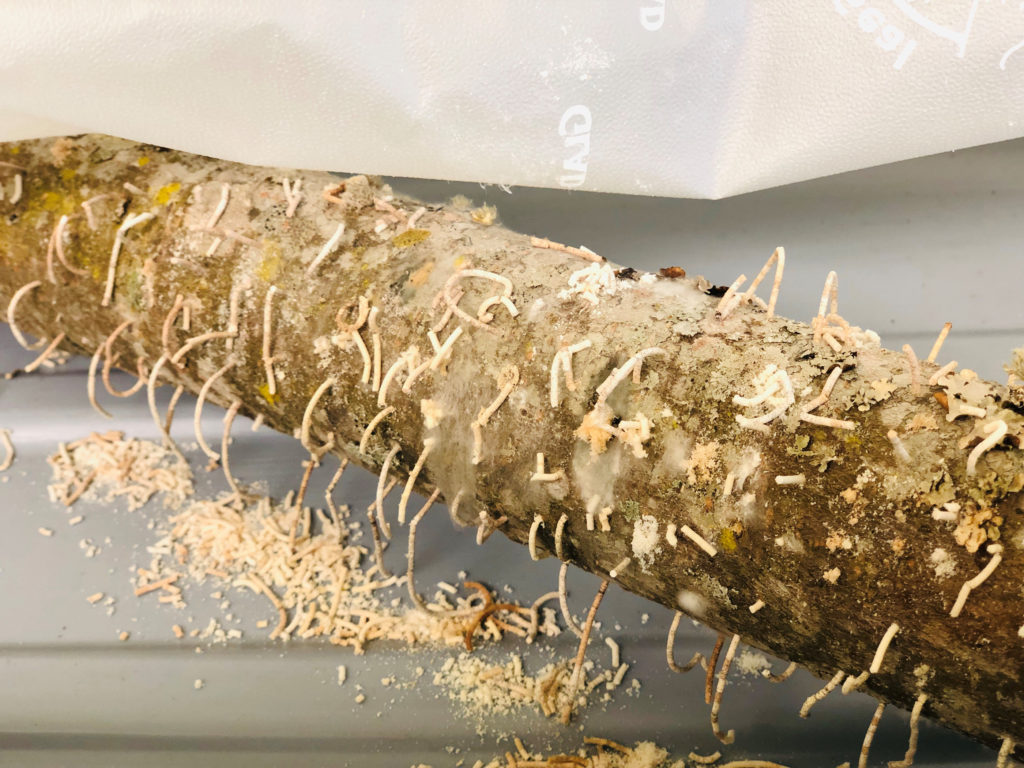By Clint Thompson


University of Georgia Extension pecan specialist Lenny Wells reminds producers about the susceptibility that young trees have to ambrosia beetle damage.
“This is the time that they’re out, with the warm weather that we’ve had. They’re out flying. We’ve had reports of some out and hitting trees already. It’s not surprising,” Wells said. “This is when they get going good. Those first- and second-year trees are going to be the most susceptible; the newly planted stuff up to two-years-old and even three-years-old to some extent. Those first three years are critical. After May they drop off. We’ve still got a few months to deal with them.”
Regular scouting is important to protect against prolonged damage. Growers should scout for small holes or ‘toothpicks’ in the trees. Chemical applications of one ounce of a pyrethroid, like Bifenthrin, in 10 gallons of water will provide sufficient control.
Click here for additional information about traps.
Sprays should be conducted every 10 days to two weeks since a pyrethroid only has a residual for a short timeframe. The insecticide is no longer active if it rains following an application.
Click here for more information about ambrosia beetle management.










